Why You Should Care That Kendrick Lamar Just Won A Pulitzer Prize
Kendrick Lamar winning the Pulitzer Prize in music is important because of context: race continues to be a wound on the American landscape.
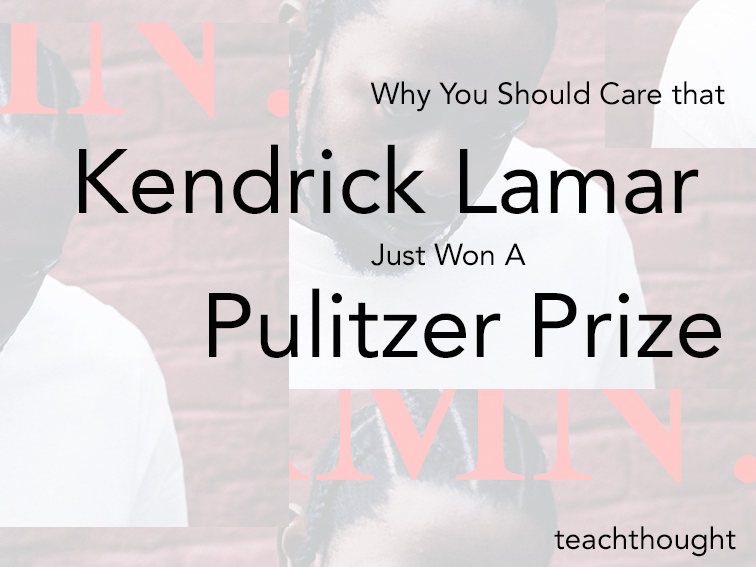
Kendrick Lamar winning the Pulitzer Prize in music is important because of context: race continues to be a wound on the American landscape.

Learning is different than education. Learning is driven by curiosity, self-directed & supported; the other is metered, led & caused.
When someone hears a language they’re not familiar, it sounds–well, weird. This is what English sounds like to non-English speakers.

Whatever mechanisms YouTube uses to deploy content works. What might happen if education experimented with some of the lessons YouTube’s in the classroom?
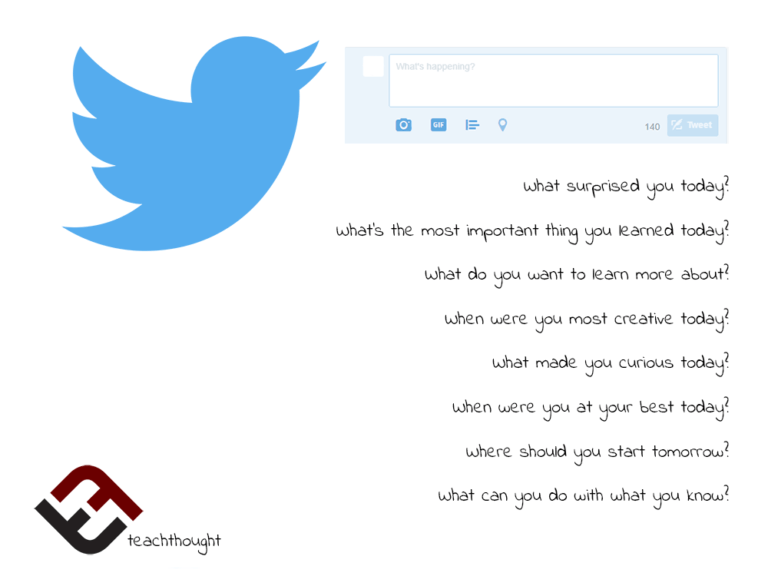
What’s the most important thing you learned today? Why do you think so? What can or should a person do with what they know?
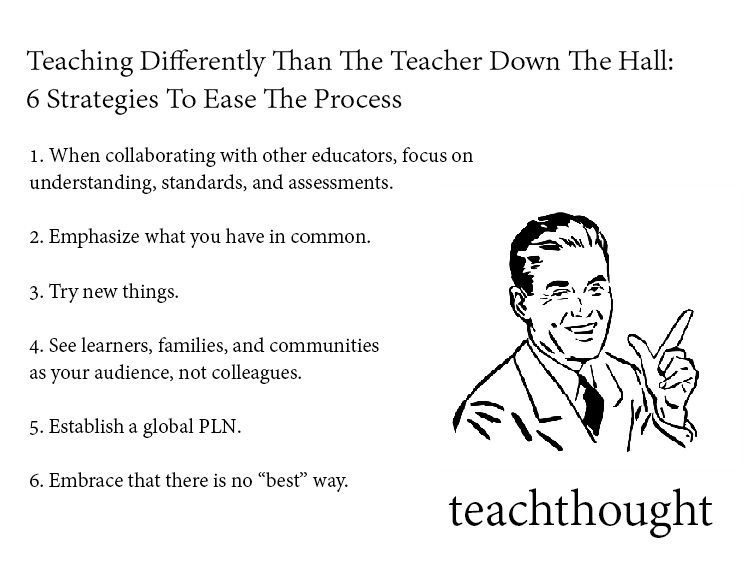
One would think that as long as both teachers teach to those ‘same standards,’ all would be well, but it’s not always that’s simple.

Learning is an experience. It’s organic and perishable and turns over on itself constantly like a restless, sleeping animal.
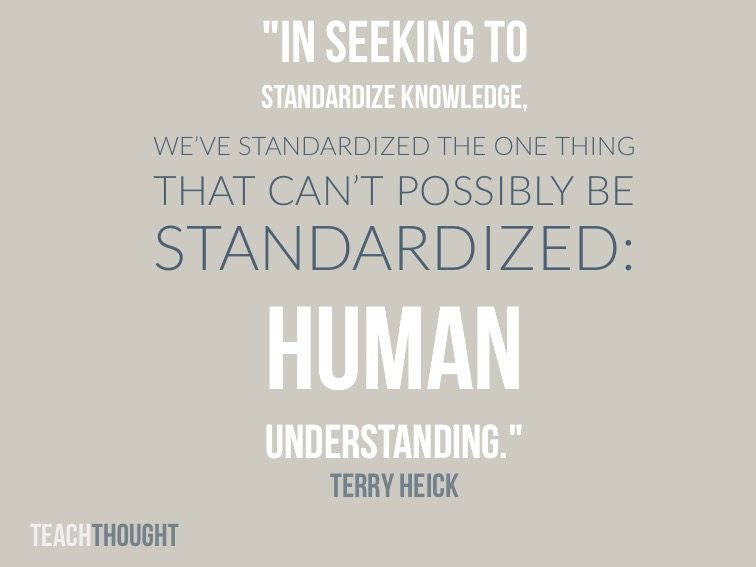
Predicting learning outcomes is big business in education, but what is the cost of insisting what a student will understand and when they will understand it?
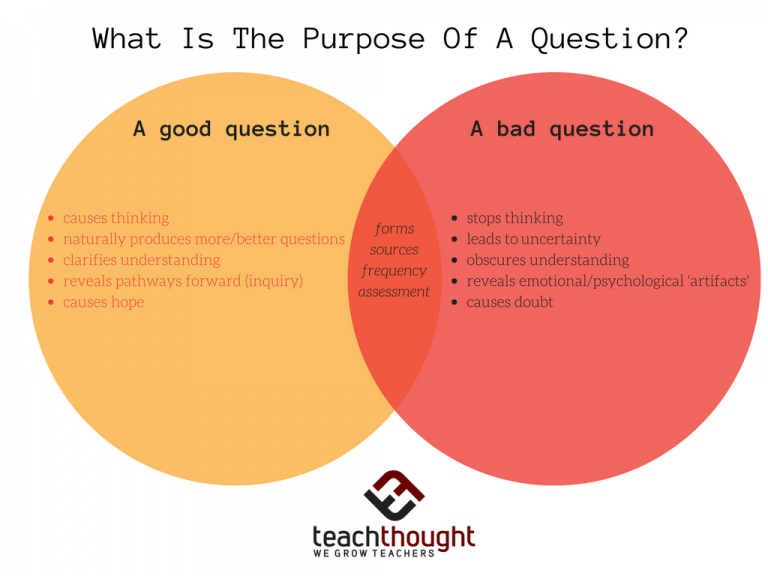
The source, frequency, and quality of questions from students are among the best data points to evaluate thinking in your classrooms.
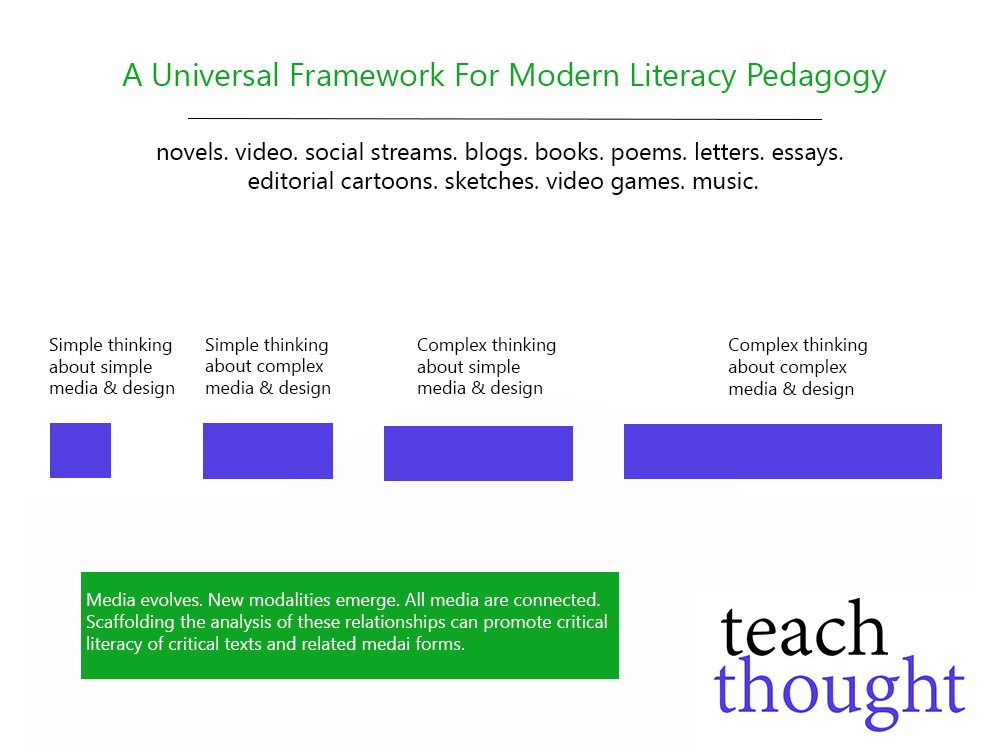
Literacy instruction has done a relatively poor job of keeping up with the urgent pace of change in the ways people read and write.
How To Disrupt Education With Smartphones. by Terry Heick The concept of disruption is an apt one in our fluid, digital, and almost destructively social world. In response to the counterculture movement of the 1960s and 1970s, it’s not surprising to see that trend continue now that technology has caught up with our inherently rebellious…
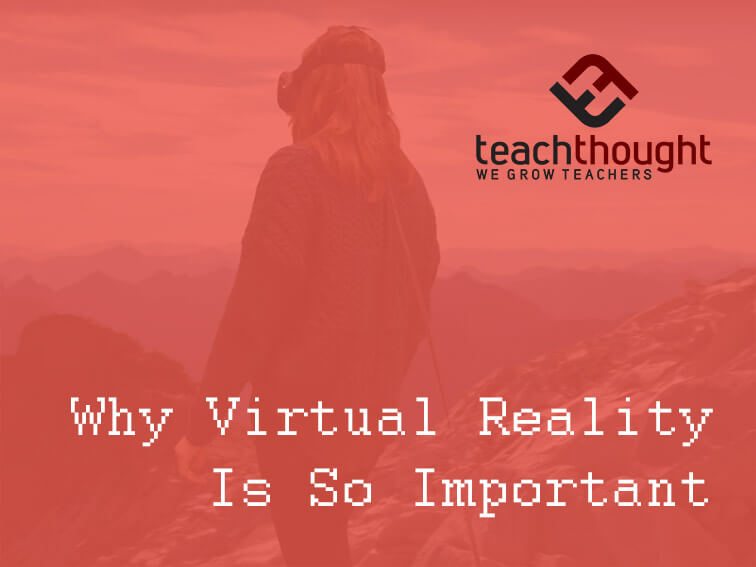
Virtual realities can be designed precisely for human interaction for very specific reasons to create experiences not otherwise possible.